
Short skis are your best bet if you're new to skiing. They're easier to control, lighter to carry, and help you learn faster. Unlike long skis, which can feel bulky and hard to manage, shorter options like Snowfeet's Mini Ski Skates or Skiblades make skiing simpler and more fun. Plus, you can use them with regular winter boots - no need for fancy gear.
Here’s what you need to know:
- Short skis (like Snowfeet): Great for quick turns, easy to carry, and beginner-friendly. Lengths range from 15 to 39 inches.
- Long skis: Better for speed and deep snow but harder to control for beginners. Typically 59–71+ inches.
Snowfeet’s short skis are perfect for slopes, trails, or even your backyard. They’re lightweight, portable, and designed to build confidence fast. Whether you’re trying skiing for the first time or just want an easier way to start, shorter skis make the experience way less intimidating. Let’s get you on the slopes!
How to Choose the Right Ski Length
Short Skis vs Long Skis: What's the Difference
For years, the saying in the skiing world was "bigger is better." But when you compare short skis to traditional long skis, the differences become pretty clear - especially for beginners who want an easier and more fun way to hit the slopes.
What Are Short Skis vs Long Skis
Short skis are compact and super easy to handle. They typically range from 15 to 53 inches (38 to 135 cm) in length. Snowfeet offers a variety of these, like the Mini Ski Skates at just 15 inches (38 cm), Skiskates at 17 inches (44 cm), and Skiblades ranging from 26 to 39 inches (65 to 99 cm). These short skis are designed for quick response and beginner-friendly control, making them perfect for those just starting out.
On the other side, traditional long skis start at around 59 inches (150 cm) and can go beyond 71 inches (180 cm). Brands like Rossignol, Salomon, and K2 specialize in these longer models, which are built for advanced skiing styles like alpine racing or deep powder runs. Long skis focus on stability and smoothness, but they can be harder to manage for newcomers.
Interestingly, the term "skiboards" was introduced in 1996 to describe these shorter skis. Today, they go by many names: skiboards, skiblades, snowblades, fun skis, easy skis, or miniskis. Whatever you call them, they’re all about simplicity and ease of use, making them a great option for beginners.
How Short Skis Work
Short skis are all about quick reactions. A small shift in your weight can trigger an immediate turn, giving you a sense of control right from the start. Snowfeet has taken this concept a step further with flexible binding systems that work with winter boots, snowboard boots, or ski boots. This means you don’t need to buy special gear to get started. Plus, their Mini Ski Skates are so portable they can fit into a regular backpack, making it easy to take them anywhere for a spontaneous snow session.
These skis aren’t just convenient - they’re versatile too. They’re designed to perform well on groomed slopes, snow parks, trails, and even in your backyard. Some models also include advanced binding systems to boost both convenience and performance.
How Long Skis Work
Long skis operate on a different principle: surface area and momentum. Their extra length provides more contact with the snow, which helps with stability at higher speeds and better flotation in deep snow. While this added length can be great for experienced skiers, it also requires more skill and strength to handle, making them less beginner-friendly.
| Feature | Short Skis (Snowfeet) | Traditional Long Skis |
|---|---|---|
| Length Range | 15–53 inches (38–135 cm) | 59–71+ inches (150–180+ cm) |
| Learning Curve | Quick - control in minutes | Steeper - takes more time |
| Boot Compatibility | Works with winter, snowboard, or ski boots | Only compatible with ski boots |
| Portability | Fits in a backpack | Needs a ski bag or roof rack |
| Terrain Versatility | Handles a variety of conditions | Optimized for specific terrains |
These differences highlight why Snowfeet’s short skis are such a great pick for beginners who want to jump into skiing without the steep learning curve.
Why Short Skis (Snowfeet*) Work Better for Beginners

Short skis bring a lot to the table for first-time skiers. Snowfeet* products, in particular, offer a mix of control, convenience, and versatility that makes them an excellent choice for beginners. Unlike traditional long skis, they make learning and enjoying skiing much easier from the get-go.
Easier to Control and Learn Faster
When you're just starting out, having control over your skis is everything - and that's where Snowfeet* shines. While brands like Rossignol and Salomon often focus on longer skis that require months of practice to master, Snowfeet* takes a more beginner-friendly approach.
"Short skis, like Skiblades and Skiskates, are designed to maximize control and agility. If you're new to skiing, short skis can help you progress faster. Because they're easier to control and turn, short skis make learning the basics less intimidating", explains the Snowfeet Team.
With short skis, you can pivot quickly and make precise turns that would feel daunting with long skis. Their forgiving design reduces the chances of catching an edge or losing balance, which can be a common struggle for beginners. Plus, they require less effort to turn or stop, making them a safer and more enjoyable option. Instead of wrestling with oversized equipment, you can focus on having fun and building your confidence on the slopes.
Easy to Carry and Use
Snowfeet* products are not only beginner-friendly but also incredibly convenient. Traditional ski setups from brands like K2 or Atomic often involve heavy, bulky equipment, specialized boots, and bindings - not to mention the hassle of transporting them with roof racks or ski bags.
Snowfeet* cuts through all that complexity. Their Mini Ski Skates, for example, are just 15 inches (38 cm) long and can fit in a regular backpack. This makes them perfect for impromptu winter outings, whether you're heading to a local sledding hill or exploring snowy trails on a hike.
Their lightweight design means no more lugging around heavy skis. Instead, you can spend your energy where it matters - enjoying the snow. This simplicity is a game-changer for beginners looking to try skiing without committing to all the traditional gear.
Work on Different Types of Snow and Terrain
Long skis are often tailored for specific conditions - powder skis for deep snow, carving skis for groomed runs, or racing skis for speed. That can quickly add up to a hefty investment if you want to try different types of skiing. Snowfeet*, on the other hand, is all about versatility.
Their skis can handle groomed slopes, snow parks, hiking trails, and even backyard snow days. This flexibility is perfect for beginners who want to experiment with different terrains without needing specialized equipment. The compact size and easy maneuverability also make it simple to navigate tight spaces, whether it's a crowded ski area or a narrow trail.
And if you're looking for something completely new, Snowfeet* is leading the charge with skiskating - a fresh winter sport that blends skiing and skating. It’s an exciting way for beginners to dive into winter sports while keeping things fun and approachable.
Snowfeet* products grow with you as you improve, offering a solid starting point without locking you into specific techniques or conditions. All these features make short skis a smart and accessible choice for anyone new to skiing, helping you skip the frustration and jump straight into the fun.
sbb-itb-17ade95
Problems with Long Skis for First-Time Skiers
For beginners, long skis can feel more like a challenge than an asset. Even though brands like Rossignol, Salomon, and K2 are well-known for their traditional long skis, these models often create more obstacles than opportunities for those just starting out.
Hard to Control and Heavy to Handle
Long skis can be tricky to manage, especially at slower speeds. And let’s face it, beginners spend most of their time cruising at those slower paces. The larger turn radius and heavier swing weight of long skis make turning feel like a workout rather than a smooth, natural motion. For someone new to skiing, it often feels like wrestling with the equipment instead of learning how to flow with it. Add to that the extra effort needed to control them, and it’s no wonder many beginners feel overwhelmed.
Slower Learning Curve
Long skis aren’t exactly beginner-friendly when it comes to technique. They demand precision and deliberate movements, which can turn a fun day on the slopes into a frustrating battle with your gear. Shorter skis, on the other hand, are far more forgiving, letting beginners experiment and make mistakes without as much penalty. Long skis tend to magnify common errors like crossed tips or uneven weight distribution, stretching out the learning process. For a first-timer, this can quickly take the joy out of skiing and make progress feel like it’s moving at a snail’s pace.
Bulky, Hard to Transport, and Limited in Use
If you’ve ever tried lugging around a pair of long skis, you know they’re not exactly easy to handle. They often require roof racks or special ski bags for transport, which isn’t ideal for someone new to the sport. Plus, rental skis are usually heavier because of their durable bindings, making them even harder to manage. Long skis are also designed for specific conditions - whether it’s deep powder, groomed runs, or racing - which limits their versatility. Compare that to Snowfeet*, a compact and flexible alternative that’s easy to carry and works in a variety of conditions. For beginners, this kind of portability and adaptability can make all the difference.
Which Snowfeet* Model to Choose for Your First Time
So, you've decided to give Snowfeet* a shot - great choice! The next step is figuring out which model suits you best. Each option has its own perks, whether you're after portability, performance, or versatility. Let's break it down so you can pick the right one for your first skiing adventure.
Mini Ski Skates (38 cm): The Compact Companion
If portability tops your list, the Snowfeet Mini Ski Skates are a no-brainer. At just 15 inches long, these are the smallest and lightest option, perfect for tossing in your backpack. Starting at $250, they’re also budget-friendly, making them a great entry point for beginners.
One of the coolest things? You can use them with your regular winter shoes - no need to invest in ski boots. Their short length gives you excellent control at slower speeds, and if you take a tumble (it happens!), there’s less gear to trip over. These are ideal if you want to keep things simple without giving up control.
Skiskates (44 cm): Balanced and Beginner-Friendly
The Skiskates offer a sweet spot between portability and performance. At about 17 inches long and starting at $575, they’re still compact but come with a wood core construction for a more traditional skiing feel. This makes them a step up from the Mini Ski Skates.
The added length and sturdy build let you tackle both easy slopes and more challenging terrain as you improve. Plus, they’re versatile enough to work with either winter shoes or ski boots, so you can adapt your setup as your skills grow. The wood core also gives you better grip on icy patches, helping you make smoother, more predictable turns.
Skiblades (65 cm and 99 cm): Built for Progression
If you’re thinking long-term and want gear that grows with you, the Skiblades are worth considering. They come in two sizes:
- 65 cm Skiblades (about 26 inches, starting at $635) are perfect for carving and playful skiing. They’re great for tight turns and even some fun in the snowpark.
- 99 cm Skiblades (about 39 inches, starting at $675) are the longest option in the lineup. They offer added stability at higher speeds while still allowing for quick, agile movements. These are a solid pick for taller skiers or anyone looking for a bit more speed and control.
Both models are made with top-notch materials and come in a variety of designs. Whether you’re into sharp turns or cruising at higher speeds, these Skiblades can handle it all as your confidence builds.
Why Snowfeet*?
Snowfeet* gear is designed to make skiing easier and more intuitive from the start. Unlike traditional long skis from big names like Rossignol or Salomon - which can take ages to master - Snowfeet* models help you feel comfortable right away. Pick the one that fits your goals, and get ready for a more enjoyable, hassle-free skiing experience right out of the gate.
Making the Right Choice for Your First Skiing Experience
Picking the right skis for your first time on the slopes can make all the difference. Short skis, like those offered by Snowfeet*, are a game-changer for beginners. Unlike traditional long skis from brands like Rossignol, Salomon, or K2 - usually around 150–170 cm (about 60 to 67 inches) - short skis are designed to set you up for success right from the start.
Why go short? For one, they’re easier to control, making learning faster and way more enjoyable. While ski shops might push the idea of "stability" with longer skis, as a beginner, you don’t need all that extra length to have a great time. In fact, it can make things harder than they need to be.
Snowfeet* offers a range of short skis tailored for beginners. Their Mini Ski Skates, at just 15 inches and priced at $150, are perfect for quick, easy fun. If you want something a bit more balanced, the Skiskates measure 17 inches and start at $390. For those looking for slightly longer options, the Skiblades range from 26 to 39 inches, priced between $450 and $490. No matter which you choose, these products are all about simplicity and ease of use.
One of the biggest perks of Snowfeet* gear is how it removes common beginner frustrations. Traditional ski rentals often come with equipment that’s too long, heavy, or just plain awkward. Snowfeet* short skis, on the other hand, work with your natural movements, making it easier to focus on having fun and building confidence.
Short skis also make it simple to grow your skills. They provide a solid foundation, and if you ever want to try longer skis later, the transition will feel natural. But honestly, after experiencing the freedom and control Snowfeet* offers, you might not feel the need to switch.
If you’re looking to fall in love with skiing right from your first run, Snowfeet* short skis are a practical and fun choice that puts learning and enjoyment first, leaving outdated norms in the dust.

FAQs
Why are short skis like Snowfeet a better choice for beginners compared to traditional long skis?
Short skis like Snowfeet are a great pick for beginners because they’re easier to handle and more forgiving, which makes learning to ski way less intimidating. Their compact size - between 15 and 47 inches - means they’re lightweight, easy to carry, and perfect for building confidence on the slopes.
Unlike traditional long skis, Snowfeet’s shorter design gives quicker feedback and better agility. This makes practicing turns and navigating slopes feel more natural. Plus, they’re super versatile. Whether you’re cruising groomed runs or trying out a terrain park, these skis make the experience fun and approachable for anyone new to skiing.
Can I use my regular winter boots with Snowfeet short skis, or do I need to buy special ski boots?
Yes, you can wear your regular winter boots with Snowfeet short skis - no need to invest in specialized ski boots. Snowfeet products are made to work with most standard winter boots, making them an easy and practical choice, especially for beginners dipping their toes into skiing.
This flexibility is a big advantage over traditional skis, which usually demand pricey and bulky ski boots. With Snowfeet, you can head to the slopes using gear you probably already have, cutting down on cost, effort, and inconvenience.
How do Snowfeet short skis compare to traditional long skis on different terrains?
Snowfeet short skis are all about agility and control, making them a great choice for hard-packed trails, icy patches, or narrow runs. Thanks to their compact design, they’re perfect for quick turns and precise edge control. This makes them especially appealing to beginners or anyone who loves playful, dynamic skiing.
Unlike traditional long skis, Snowfeet short skis are lighter and much easier to manage. They shine in tight spaces and winding terrain, offering a fun and approachable way to hit the slopes. While they might not match the stability or performance of longer skis at high speeds or in deep powder, they’re a solid pick for skiers who value control, portability, and a laid-back, enjoyable skiing experience.

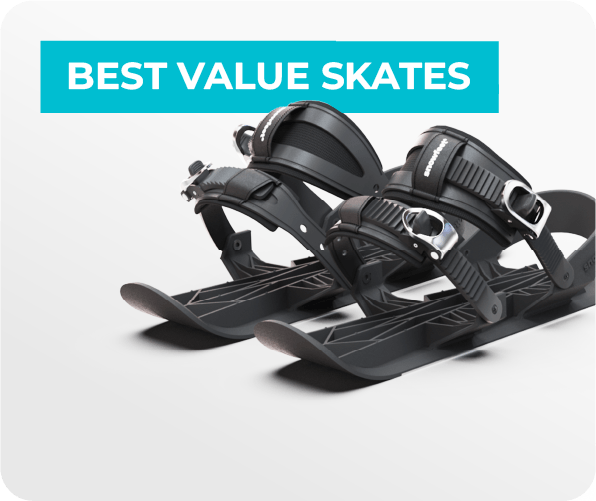



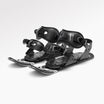
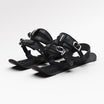
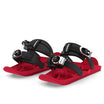
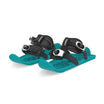

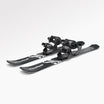

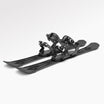
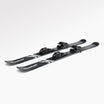






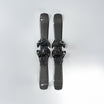
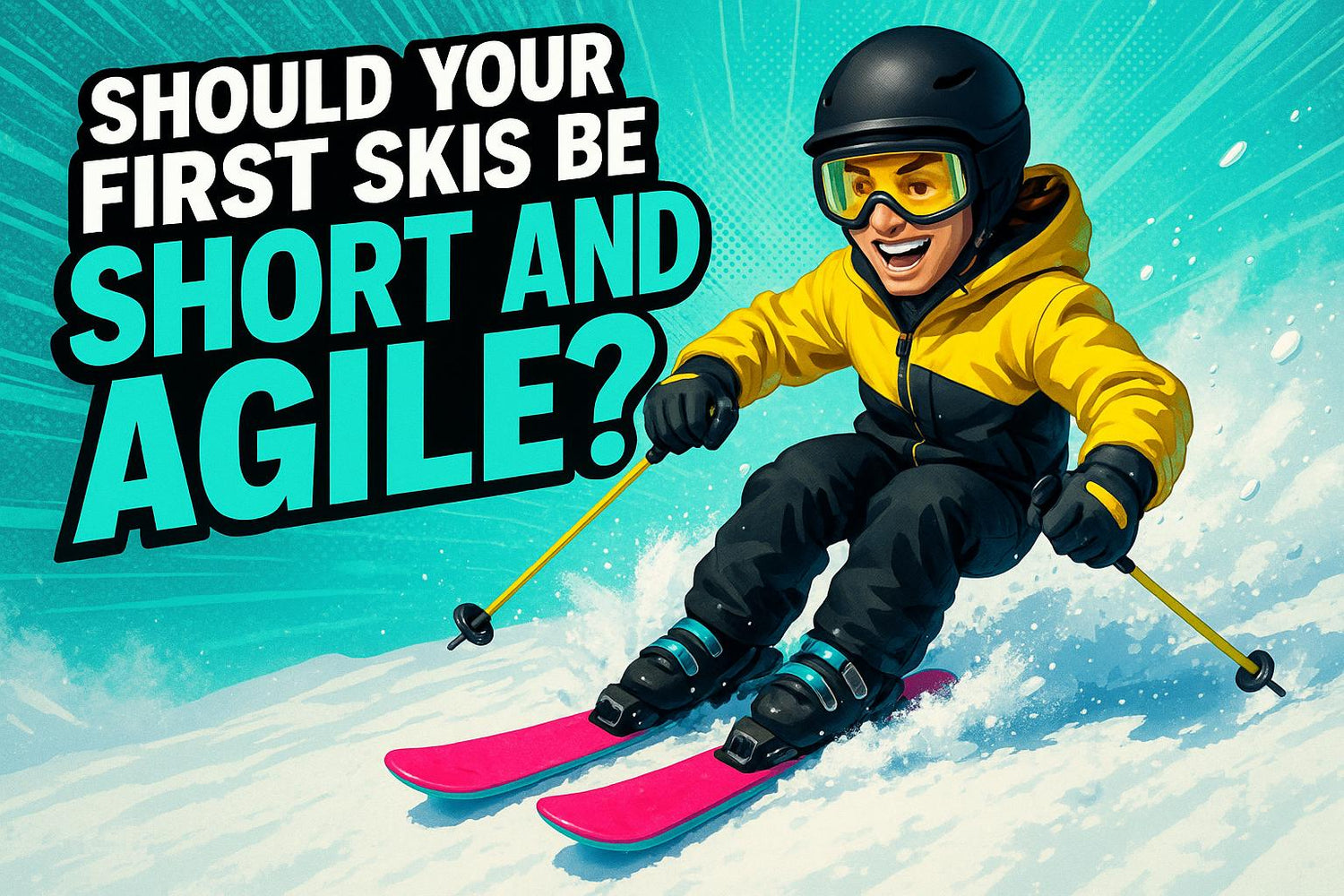
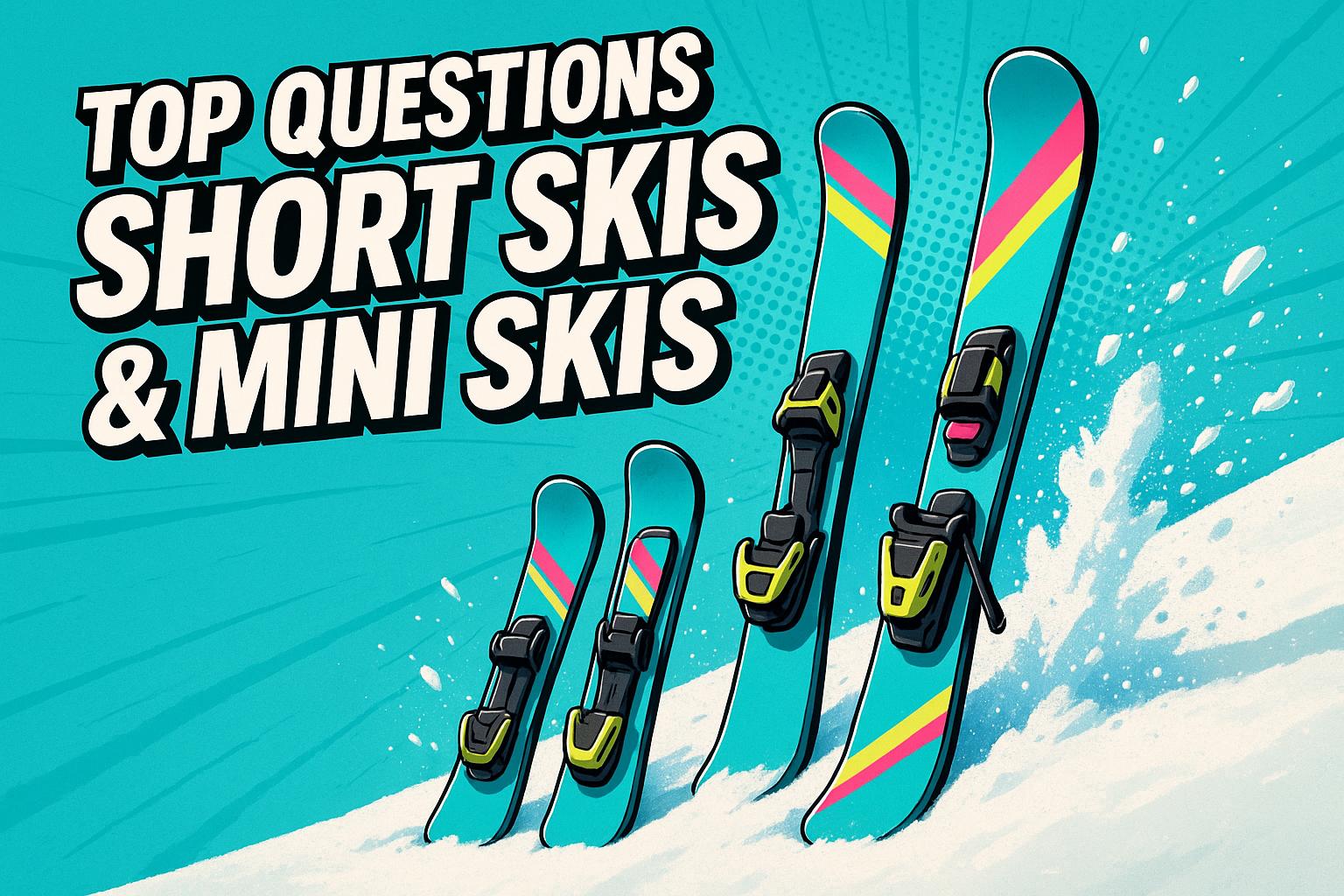
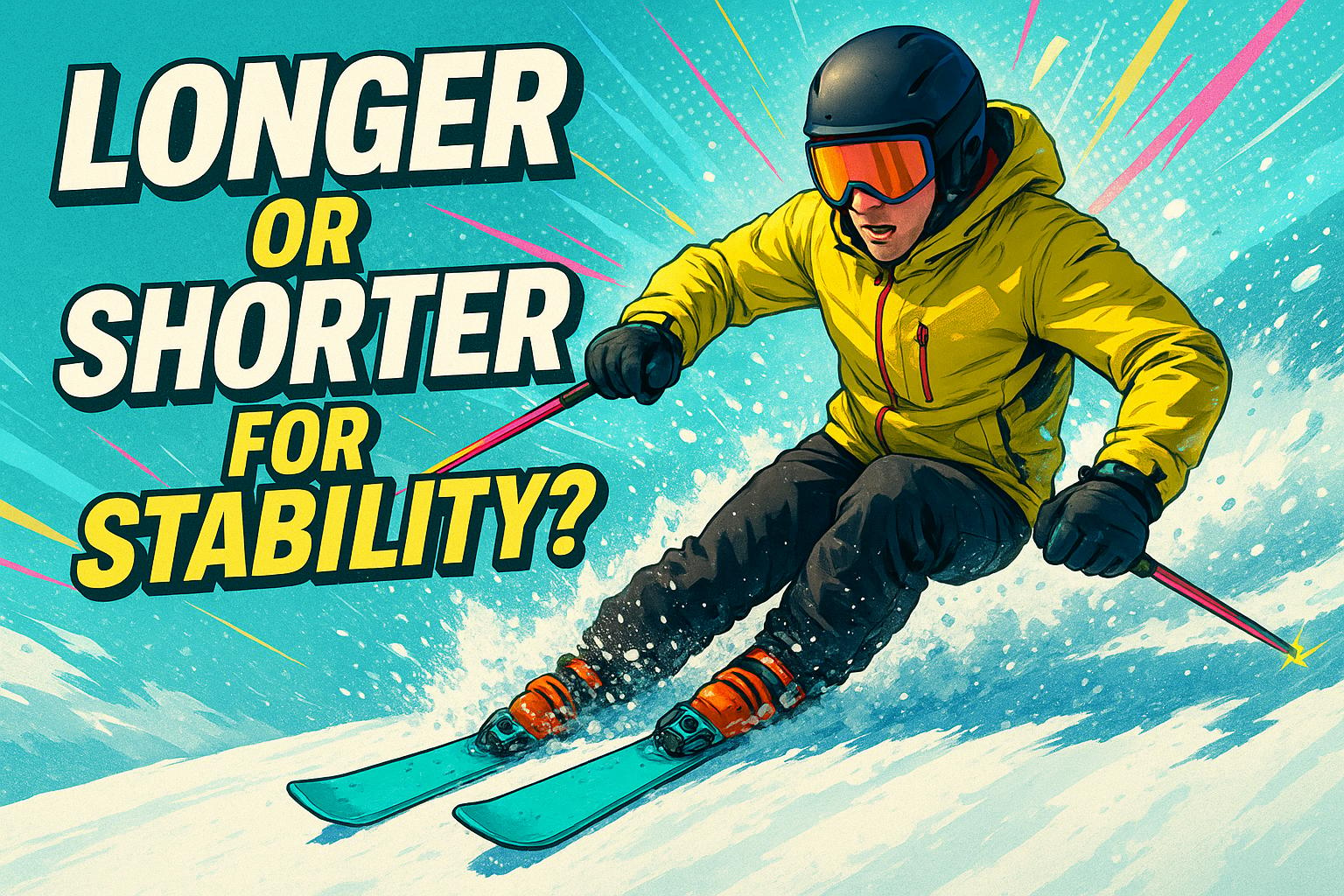
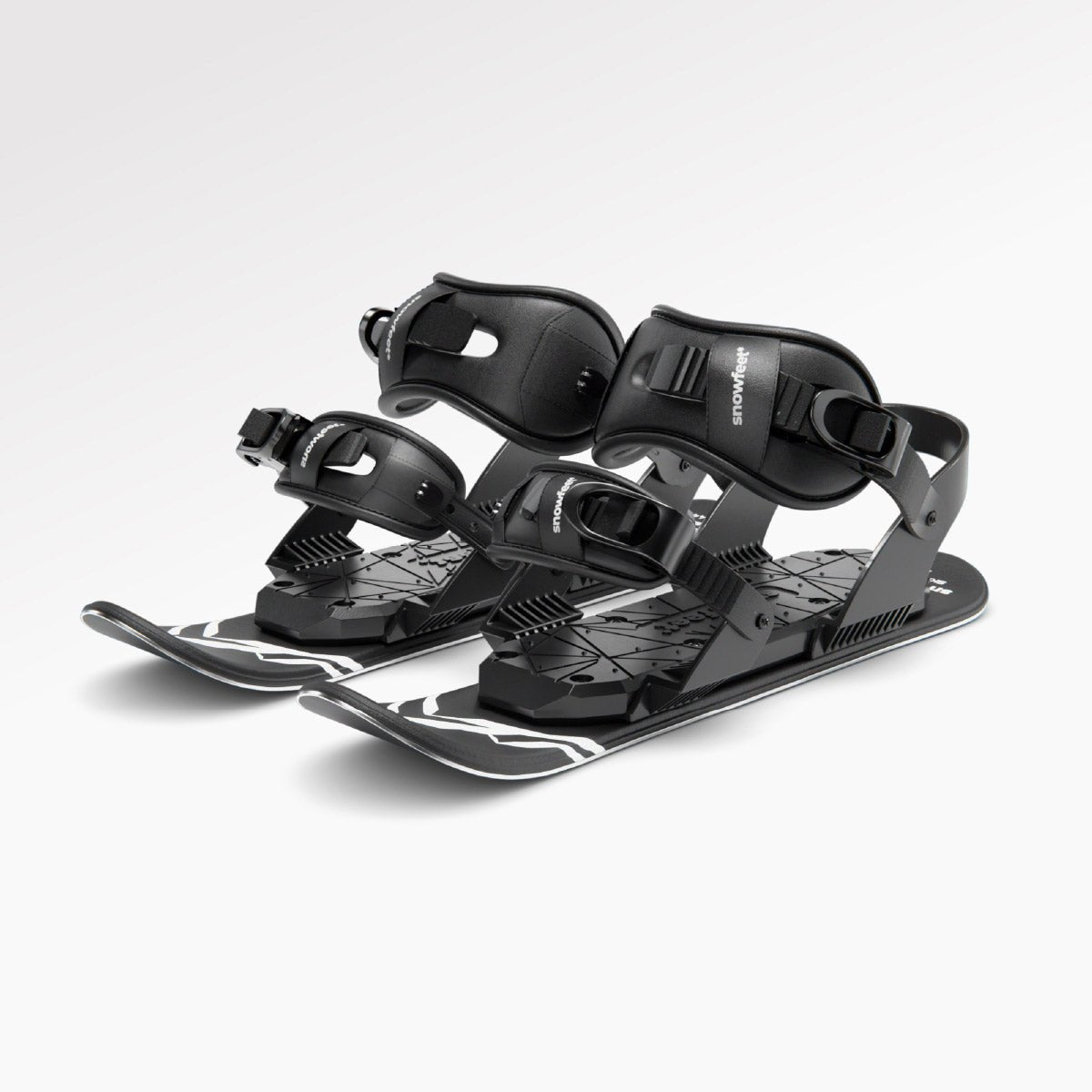
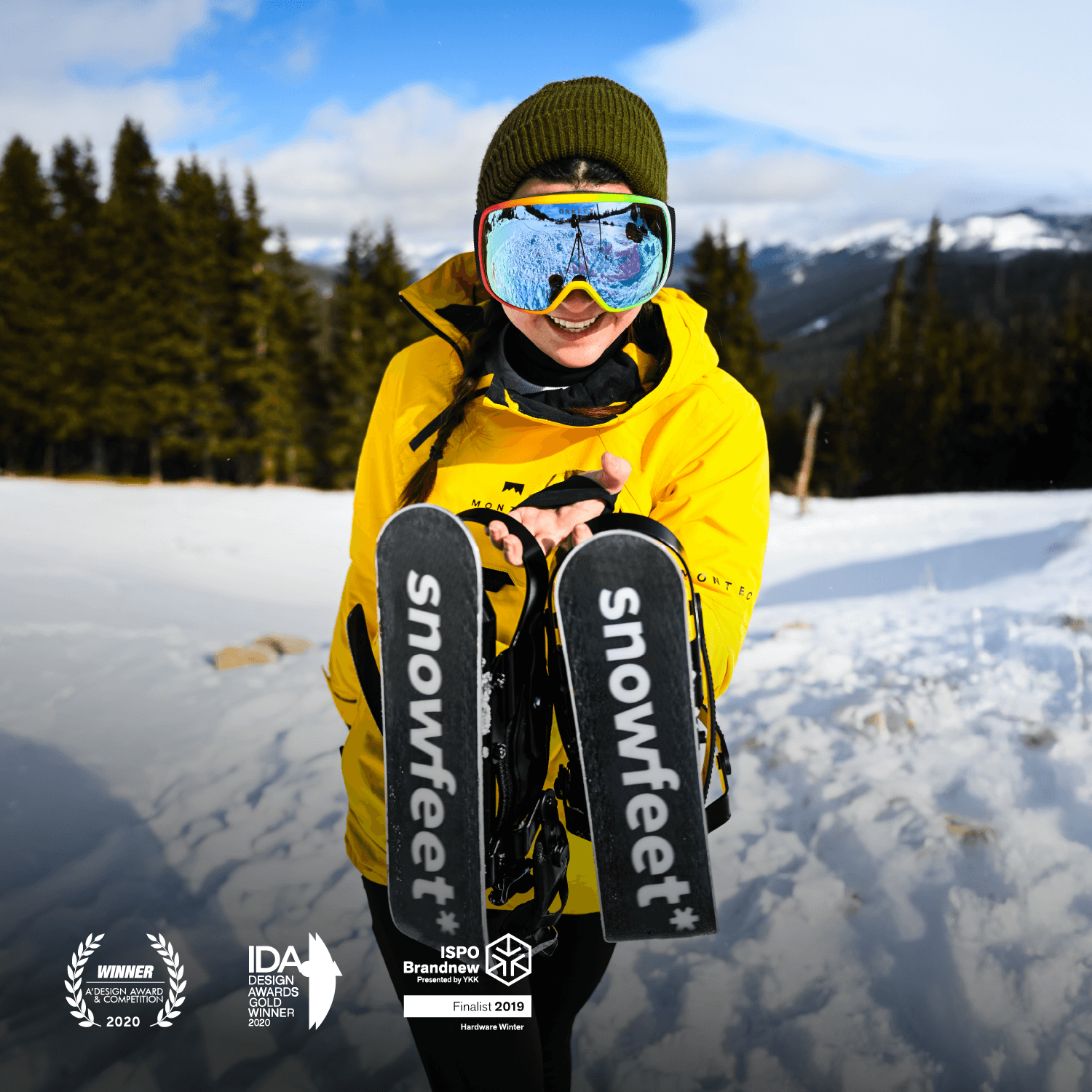
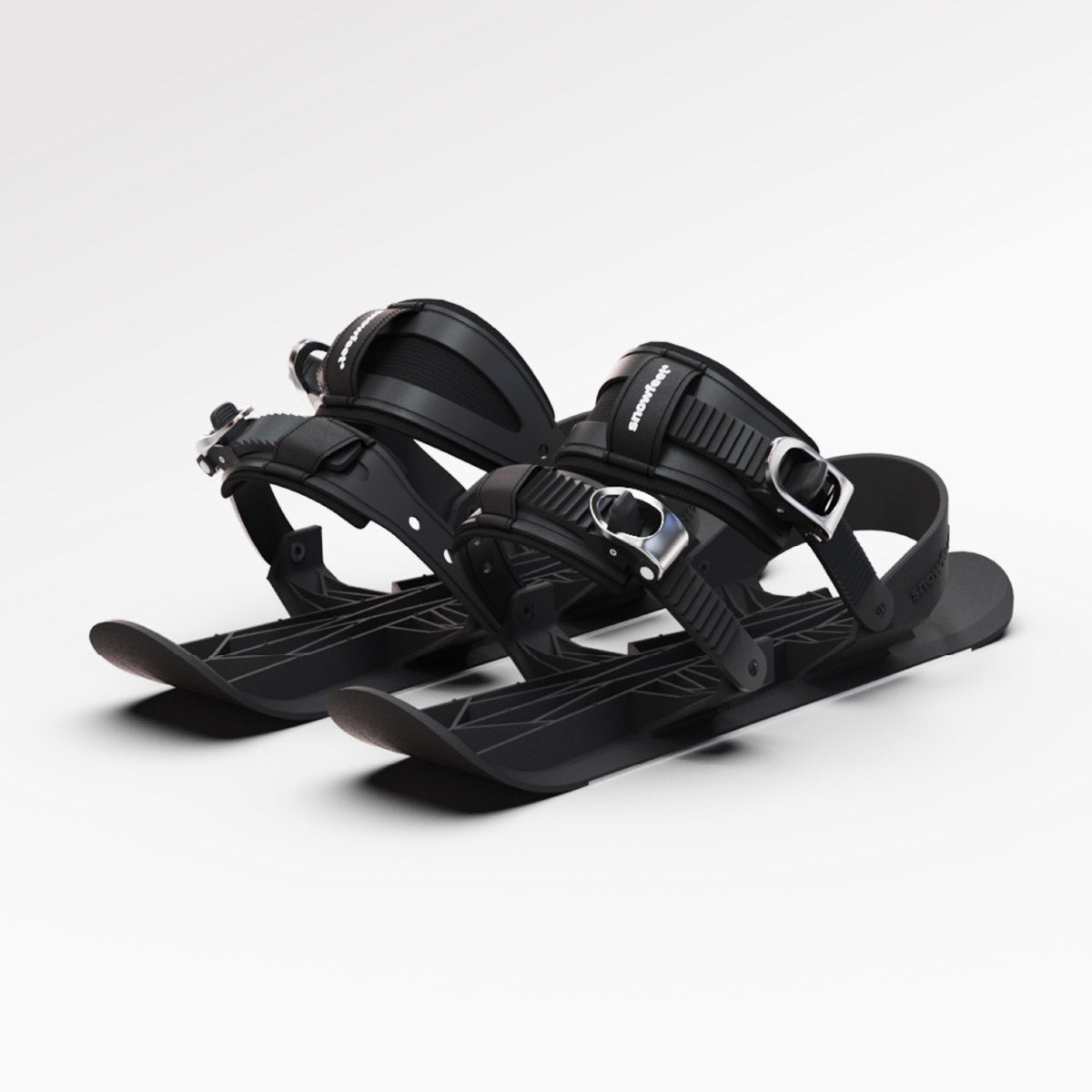

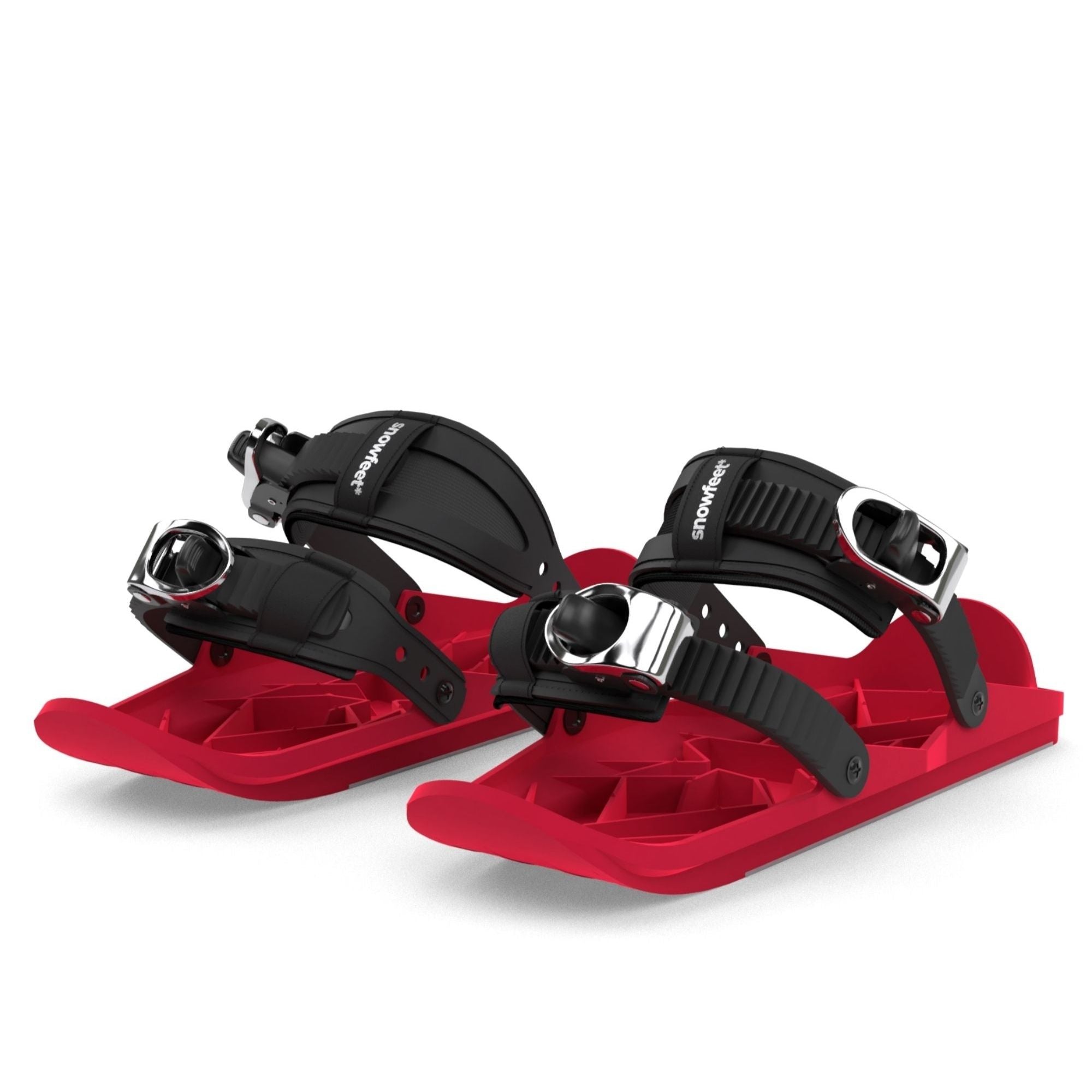
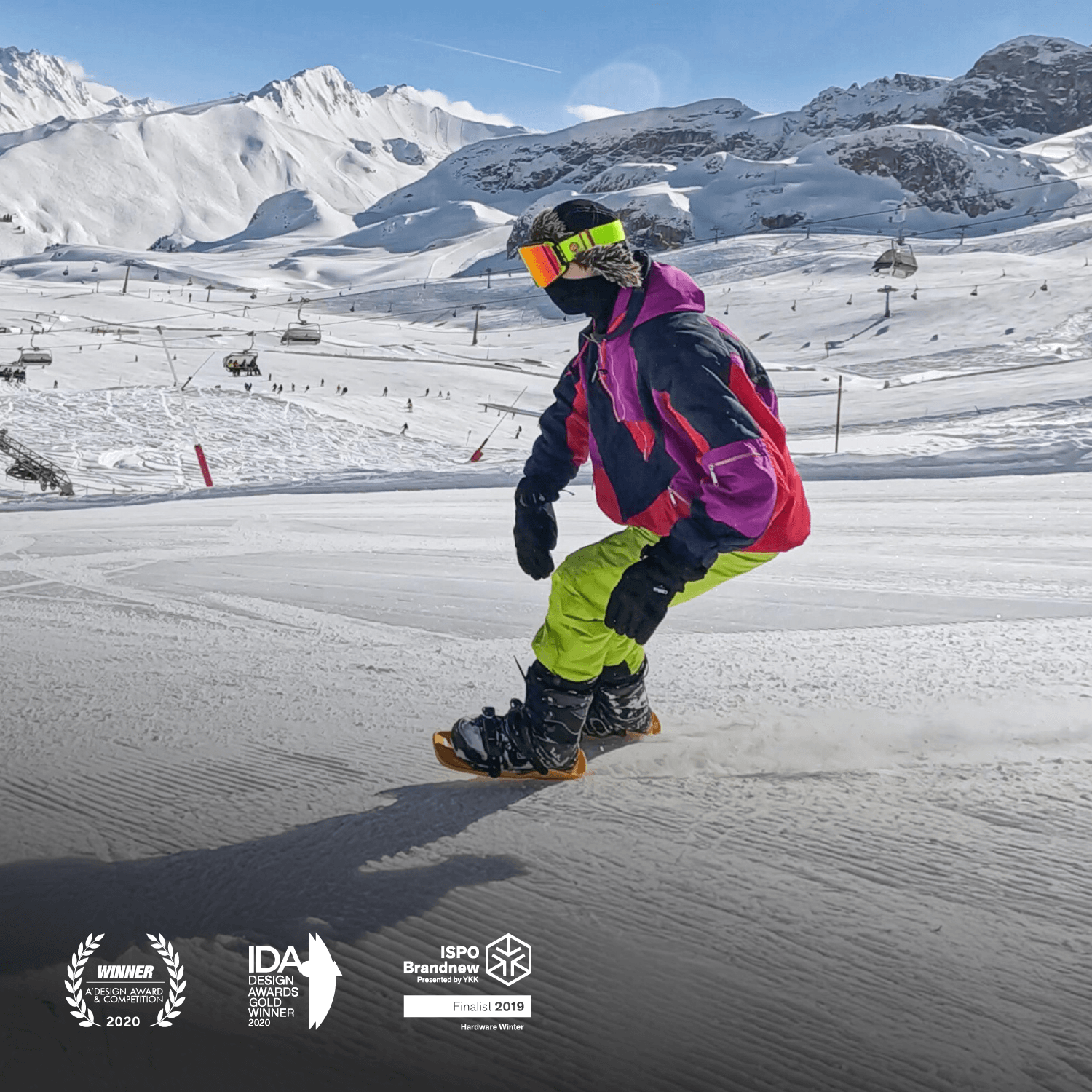


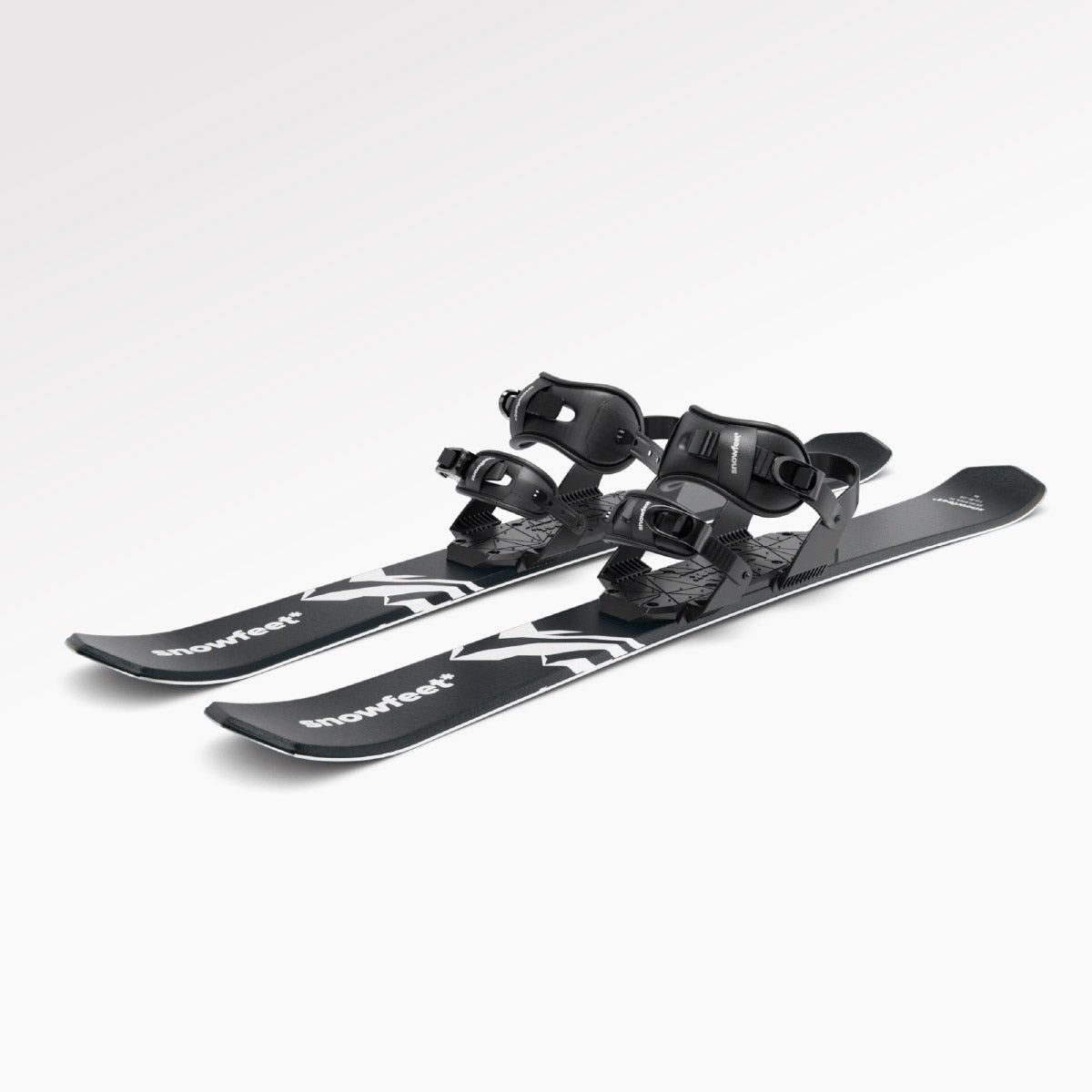
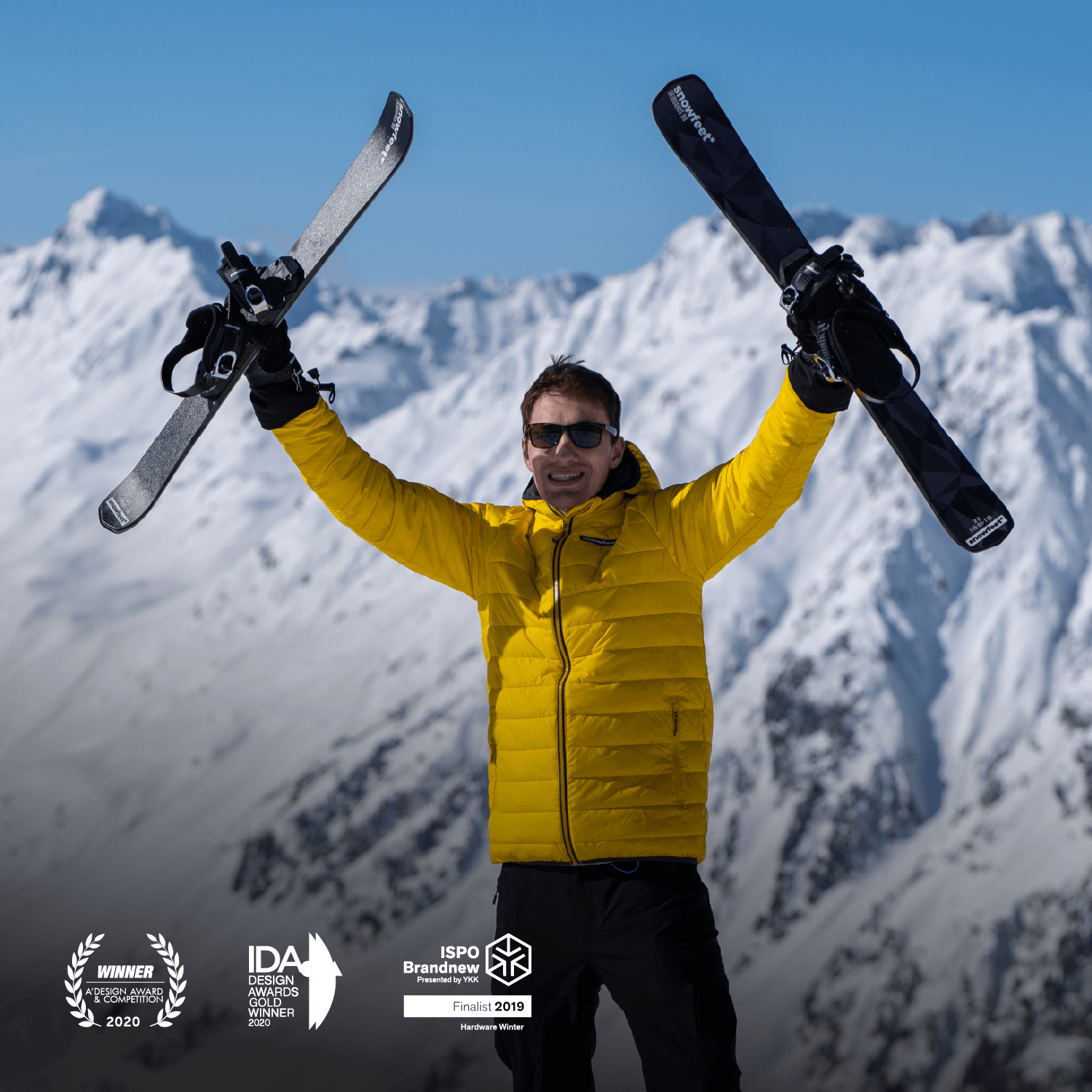
Leave a comment
This site is protected by hCaptcha and the hCaptcha Privacy Policy and Terms of Service apply.